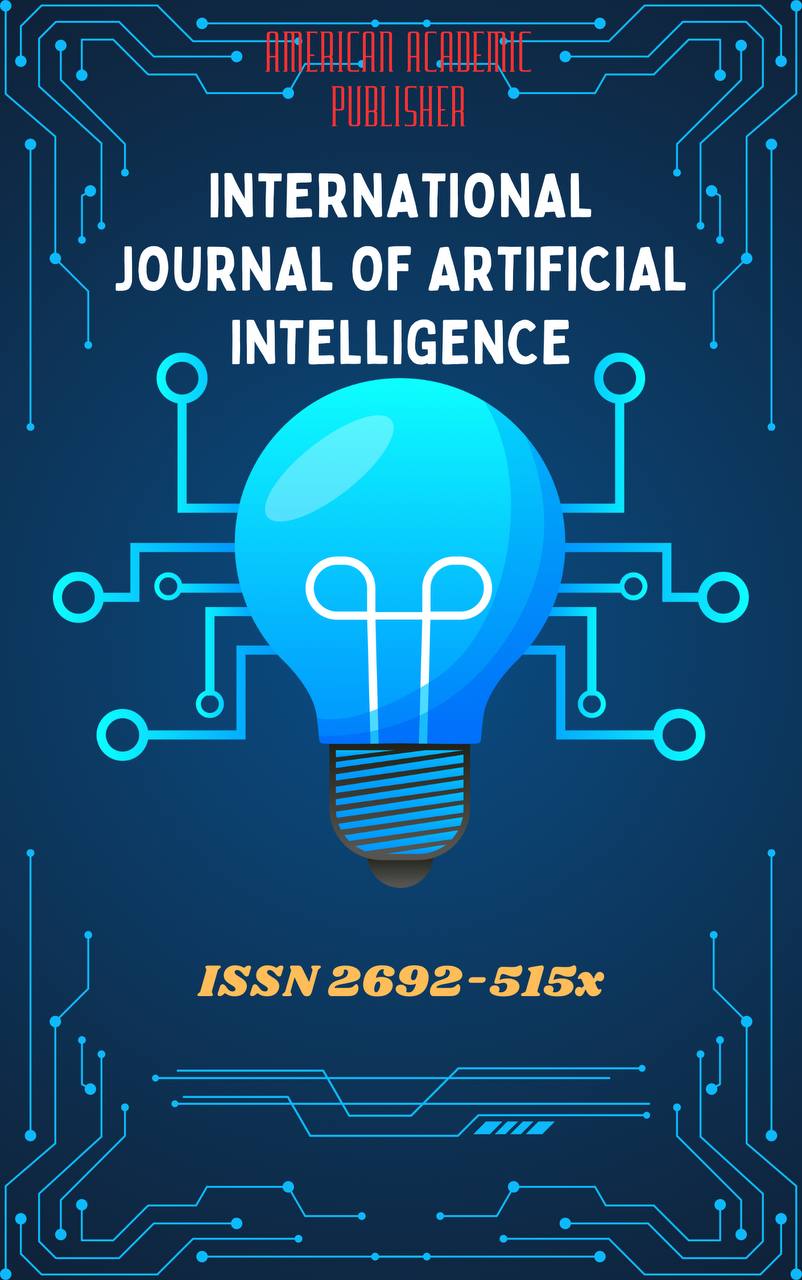 Articles
| Open Access |
Articles
| Open Access | INTEGRATION OF READING INSTRUCTION MODELS AND METHODS IN FOREIGN LANGUAGE TEACHING INTO A SYSTEM FOR IMPROVING EFFECTIVENESS
Ozodova Mukaddas , Tashkent State Pedagogical UniversityAbstract
This article examines existing models and methods of teaching foreign language reading at the higher education level, provides a comparative analysis, and proposes an integrated three-phase model based on the combination of cognitive, communicative, and interactive approaches. The research is grounded in the study of both domestic and international theoretical sources, as well as an empirical analysis of the effectiveness of various methodologies. The study offers recommendations for implementing new strategies aimed at developing critical thinking, flexibility in information processing, and the automation of reading skills.
Keywords
reading instruction, integrated model, cognitive approach, communicative approach, critical thinking, reading strategies, CLIL (Content and Language Integrated Learning), skimming, scanning, authentic texts, teaching practicum, digital learning technologies, reflection, translation-reading method, educational platforms.
References
Solovova, E. N. (2006). Methods of Teaching Foreign Languages: Basic Course. Moscow: ARKTI.
Gez, N. K. (2004). Methods of Teaching Foreign Languages in Secondary School. Moscow: Vysshaya Shkola.
Grabe, W., & Stoller, F. L. (2011). Teaching and Researching Reading (2nd ed.). Harlow, UK: Pearson Education.
Harmer, J. (2015). The Practice of English Language Teaching (5th ed.). Harlow, UK: Pearson.
Coyle, D., Hood, P., & Marsh, D. (2010). CLIL: Content and Language Integrated Learning. Cambridge: Cambridge University Press.
Nuttall, C. (2005). Teaching Reading Skills in a Foreign Language (3rd ed.). Oxford: Oxford University Press.
Cambridge Assessment English. (n.d.). Resources and Research on English Language Teaching. Retrieved from https://www.cambridgeenglish.org
Nation, I. S. P. (2009). Teaching ESL/EFL Reading and Writing. Routledge.
Wallace, C. (2001). Reading. Oxford: Oxford University Press.
Alderson, J. C. (2000). Assessing Reading. Cambridge: Cambridge University Press.
Richards, J. C., & Rodgers, T. S. (2014). Approaches and Methods in Language Teaching. Cambridge: Cambridge University Press.
Hedge, T. (2000). Teaching and Learning in the Language Classroom. Oxford: Oxford University Press.
Day, R., & Bamford, J. (1998). Extensive Reading in the Second Language Classroom. Cambridge: Cambridge University Press.
Duffy, G. (2014). Explaining Reading: A Resource for Teaching Concepts, Skills and Strategies. Guilford Press.
Stanovich, K. E. (2000). Progress in Understanding Reading: Scientific Foundations and New Frontiers. Guilford Press.
Goodman, K. (1986). What’s Whole in Whole Language? Heinemann.
Clarke, M. A. (1979). The Short-Circuit Hypothesis of ESL Reading — or When Language Competence Interferes with Reading Performance. The Modern Language Journal.
Smith, F. (2004). Understanding Reading: A Psycholinguistic Analysis of Reading and Learning to Read. Routledge.
Bernstein, N. A. (1966). Essays on the Physiology of Movements and Physiology of Activity. Moscow: Medicina.
Sklyarenko, N. N. (2021). Methods of Teaching Reading in a Foreign Language. Moscow: VLADOS.
Solomatina, T. N. (2020). Modern Technologies in Foreign Language Teaching. St. Petersburg: St. Petersburg State University Press.
Vyatyutnev, S. I. (2018). Teaching the Comprehension of Foreign Texts: Methods and Technologies. Kazan: Kazan University.
Shatilov, S. F. (2003). Methods of Teaching Foreign Languages in Secondary School. Moscow: Prosveshchenie.
Article Statistics
Downloads
Copyright License

This work is licensed under a Creative Commons Attribution 4.0 International License.

